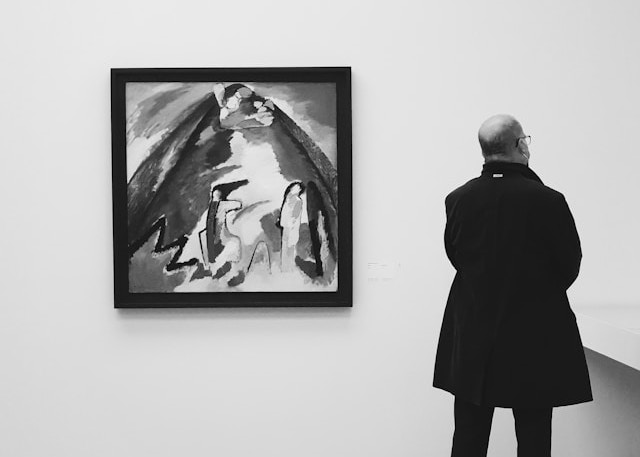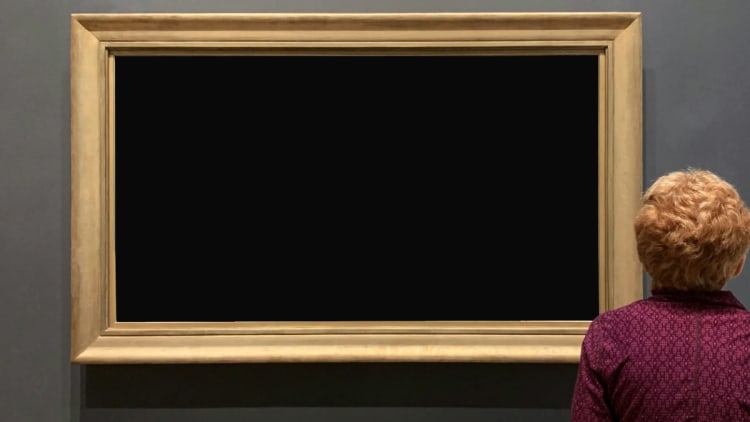In a world where contemporary art is constantly evolving, a troubling phenomenon is emerging: the gradual disappearance of art critics.
Where have all the art critics gone? This question points to a fundamental issue for the future of art. The absence of this essential voice is not just a gap in the media landscape. It represents a real void that risks undermining the development of contemporary art, especially in an environment where trends follow one another at a frenetic pace.

A slow but noticeable disappearance
Once influential figures in specialized magazines, cultural pages of major newspapers, and even on television, art critics now seem pushed to the margins.

This is not a temporary glitch but a long-standing trend. For at least two decades, structured commentary has been gradually replaced by the immediacy of social media and commercial promotion.
Has critique been replaced by influence?
In the absence of art critics, cultural influencers, platform algorithms, and galleries themselves have stepped into the spotlight.
While these new players have their role to play, they do not serve the same function in the art world. Where criticism analyzes, contextualizes and challenges, communication seeks to attract, to sell or to entertain.
The result? A standardization of taste, a lack of critical perspective, and art that is often deprived of the tools needed for interpretation.
Does contemporary art still need critics?
More than ever. Faced with a profuse, globalized, and sometimes disconcerting artistic production, the public — whether collectors, art lovers, or the simply curious — needs guidance.

Art criticism serves as a mediator, a revealer, even a counterforce. It creates a space for reflection, fosters debate, and contributes to the recognition of daring artists. Without it, art risks being reduced to a lifeless commodity.
A lukewarm consensus that stifles debate
Another alarming development is the increasing uniformity of the critical discourse, when it still exists. Too often, the few remaining voices in the art world all seem to point in the same direction, consistently validating dominant choices and fashionable aesthetics.
The confrontation of ideas, so essential to any vibrant cultural ecosystem, is becoming rare. This lack of open and diverse debate risks alienating part of the audience. How can one feel excited, involved, or provoked when everything already seems approved?
This atmosphere of consensus weakens not only art criticism, but also the relationship between the public and the art itself.
Artists, too, are affected. Without critical support, many struggle to have their voices heard beyond market logic and influence networks. Some even begin to lose confidence, doubting the relevance or visibility of their work. The absence of a thoughtful and independent critical gaze deprives creation of essential support and weakens the entire artistic fabric.
A collective responsibility
The disappearance of critics is not merely a symptom of general disinterest. It also results from the increasing precarity of cultural professions, the lack of visibility given to analysis in mainstream media, and the hesitancy of institutions to host dissenting voices.
Reversing this trend will require a joint effort from museums, art schools, publishers, critics themselves, cultural media, public institutions, collectors, galleries and the public.
Conclusion: Art without criticism is art without memory
By losing its critics, contemporary art loses part of its memory, its conscience, and its ability to evolve in dialogue with society.
It is therefore urgent to restore art criticism to its rightful place as a free, rigorous and engaged voice, essential for art to continue speaking, provoking and inspiring.




